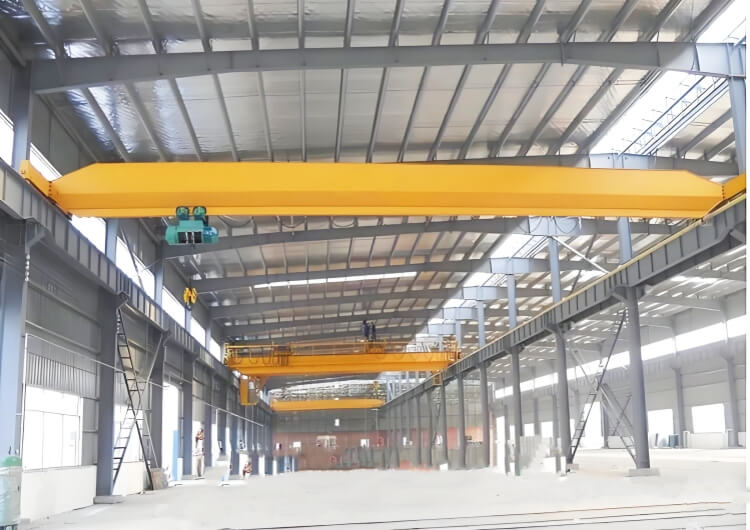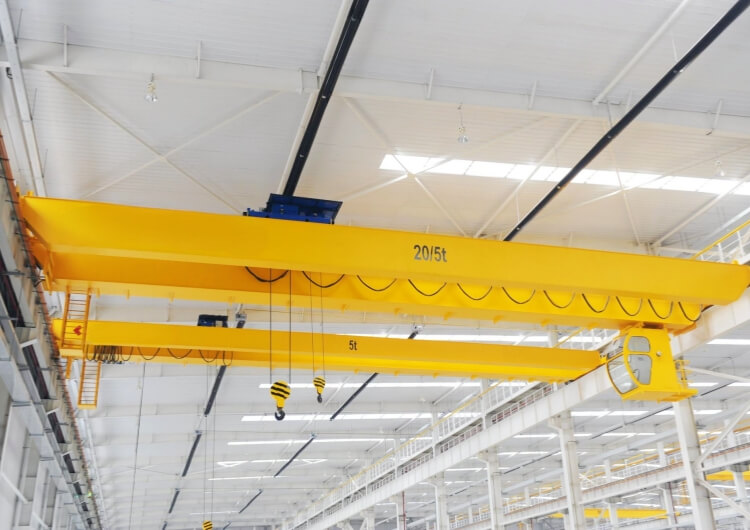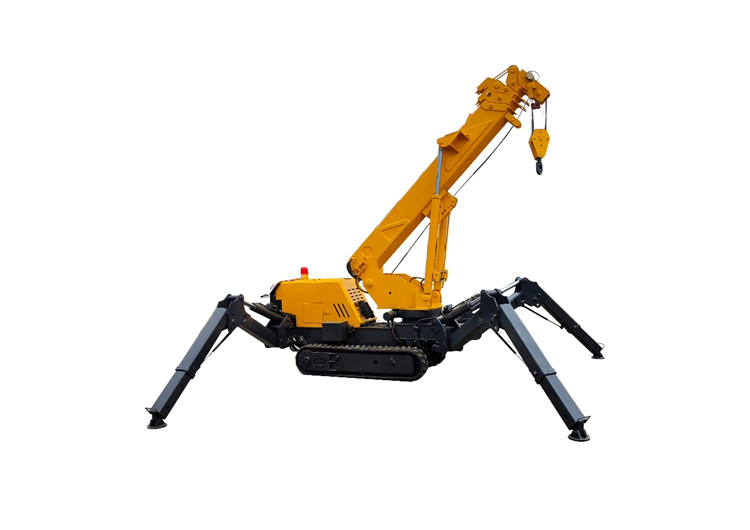Comprehensive Guide to Rubber Tyre Gantry Cranes
RTG Crane Manufacturer Comprehensive Guide
In the ever-evolving landscape of material handling and logistics, Rubber Tyre Gantry Cranes (RTG Cranes) are indispensable tools widely utilized in ports, construction sites, and heavy industrial facilities. Their agile design enables them to move freely on the ground, eliminating the need for fixed tracks while providing excellent lifting capabilities. In this comprehensive guide, we will explore the structure, working principles, specifications, and applications of Rubber Tyre Gantry Cranes, with a particular focus on the offerings from SLKJ Crane.
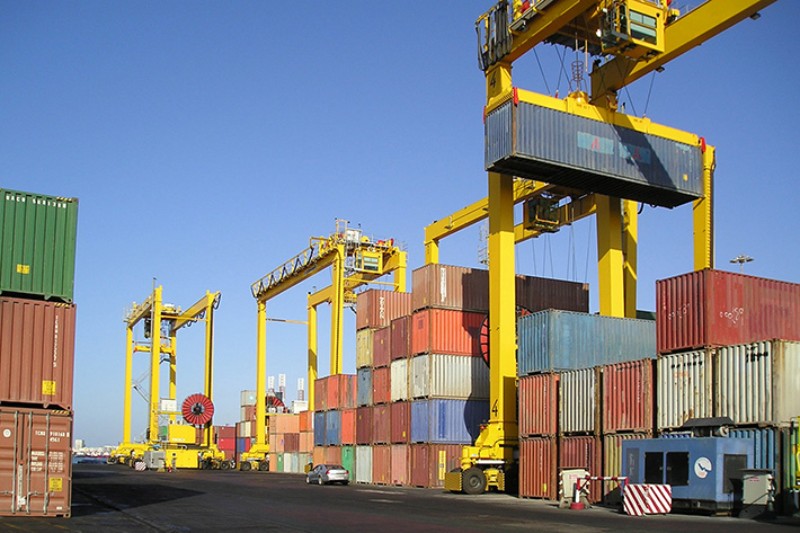
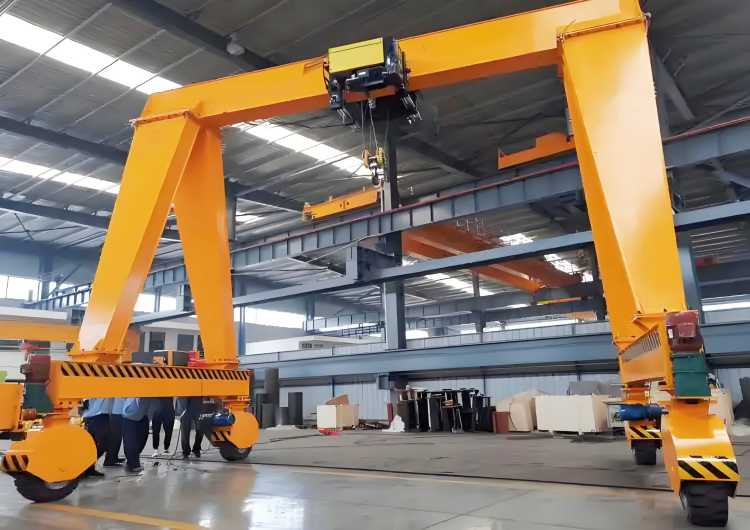
1. Overview of Rubber Tyre Gantry Cranes
What are Rubber Tyre Gantry Cranes?
Rubber Tyre Gantry Cranes are mobile crane systems mounted on rubber tires, allowing them to freely traverse various terrains. Unlike traditional rail-mounted cranes, RTGs can easily reposition themselves across extensive work areas, making them highly versatile in applications ranging from container handling in ports to material lifting on construction sites.
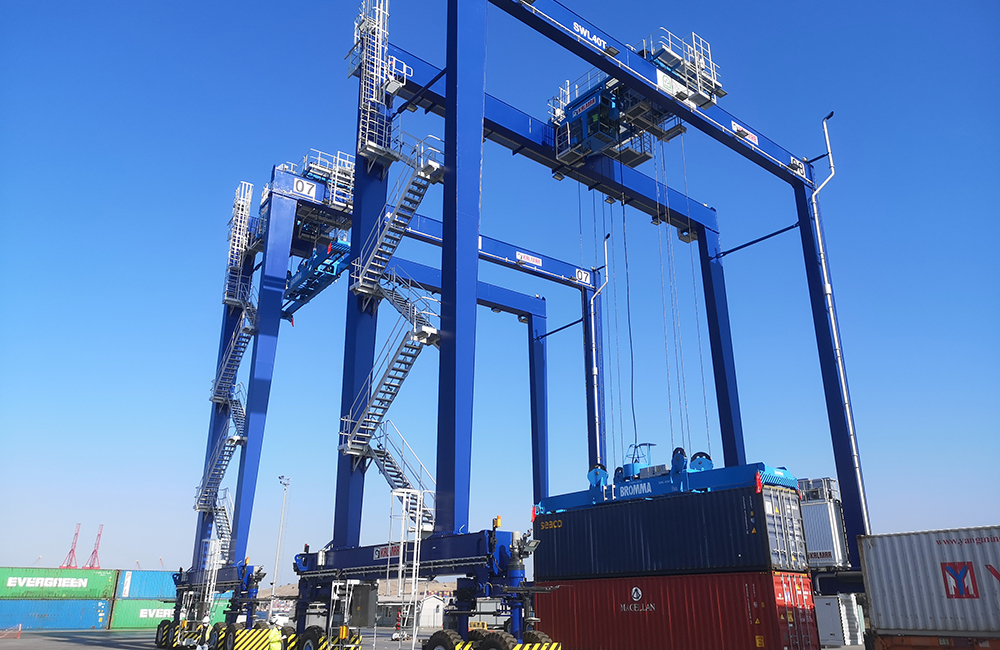
Key Features of Rubber Tyre Gantry Cranes
- Mobility: The ability to move without fixed tracks allows RTGs to adapt quickly to changing job site requirements.
- Flexibility: These cranes can handle a variety of lifting tasks, suitable for both indoor and outdoor settings.
- Ease of Maintenance: With fewer structural components needed for operation, RTGs are often easier to maintain than traditional cranes.

2. Structure of Rubber Tyre Gantry Cranes
The construction of a Rubber Tyre Gantry Crane comprises several key components:
2.1 Main Beam
The main beam, typically constructed from high-strength steel, is essential for supporting the load. Its robust design ensures it can withstand heavy lifting applications.
2.2 Support Legs
Support legs stabilize the crane and house the rubber tires, allowing for smooth mobility. These legs are strategically designed to distribute weight evenly across the tires.
2.3 Lifting Mechanism
The lifting mechanism includes a motor, gearbox, wire ropes, and pulleys to enable vertical lifting and lowering of loads. The motor’s controlled operation allows for precise handling of heavy materials.
2.4 Drive System
Equipped with powerful electric motors, the drive system allows the crane to navigate its surroundings seamlessly. It provides excellent traction and stability, making it suitable for different types of terrain.
2.5 Electrical Control System
The electrical control system is crucial for the crane’s operation. It includes sensors, limit switches, and a user interface that provides real-time feedback, ensuring safe and efficient handling of loads.
2.6 Hook and Gripper
The hook or gripper at the end of the lifting mechanism is used to connect with loads securely. Depending on the application, different types of hooks or attachments can be utilized.
3. Working Principles of Rubber Tyre Gantry Cranes
3.1 Lifting Mechanism
The lifting mechanism is the heart of any RTG crane. Here’s how it operates:
- Motor Activation: The electric motor drives the winding drum, either raising or lowering the wire rope.
- Wire Rope Functionality: The wire rope, through its pully configuration, allows the load to be lifted vertically by adjusting the motor’s speed.
- Load Handling: Operators can lift and place heavy items safely onto containers or platforms, ensuring efficiency in operation.
3.2 Travelling Mechanism
The travelling mechanism enables the RTGs to move horizontally:
- Tyre Movement: The rubber tires are powered by electric motors, facilitating smooth movement across the ground.
- Control Mechanism: Operators can control the crane’s movements via a control panel, allowing for precise adjustments in position.
- Direction Control: Many RTGs are equipped with steering systems that enhance maneuverability within constrained spaces.
3.3 Electrical Control System
The electrical control system ensures coordinated motion:
- Main Control System: It operates all functions, including lifting, traveling, and turning.
- Safety Features: Integrated sensors prevent overload and ensure safe limits during operation.
- Remote Operation: Some RTGs have remote operation capabilities, allowing for safer handling from a distance.

4. Specifications for Common Models
Common Models of Rubber Tyre Gantry Cranes
| Model | Lifting Capacity | Span Width | Lifting Height | Weight |
|---|---|---|---|---|
| SLKJ-RTG-35T | 35 tons | 30 ft | 40 ft | 10000 kg |
| SLKJ-RTG-50T | 50 tons | 40 ft | 45 ft | 12000 kg |
| SLKJ-RTG-75T | 75 tons | 50 ft | 50 ft | 15000 kg |
Recommendations Based on Customer Needs
When selecting a Rubber Tyre Gantry Crane, consider the following:
- Port Operations: For container handling, models like SLKJ-RTG-50T provide an optimal balance between lifting capacity and flexibility.
- Heavy Construction: For heavy material handling, models with higher lifting capacities, such as SLKJ-RTG-75T, would be suitable.
- General Lifting Needs: If your needs vary, the mid-range SLKJ-RTG-35T provides flexibility and efficiency.
5. Advantages and Characteristics
5.1 Benefits of Using Rubber Tyre Gantry Cranes
- High Flexibility: Easy movement between different work areas enhances productivity.
- Reduced Infrastructure Costs: Not requiring fixed tracks minimizes installation and maintenance costs.
- Wide Applicability: Ideal for various industries, including logistics, construction, and manufacturing.
5.2 Simple Operation
Operators can manage RTGs using a user-friendly electrical control system, often involving one-touch controls for major functions. This streamlines operations and dampens the complexity of handling heavy loads.
6. Applications of Rubber Tyre Gantry Cranes
6.1 Port Operations
RTG are fundamental in container ports, enabling quick and efficient loading and unloading of cargo. By maneuvering through tight spaces, they streamline processes and enhance logistics efficiency.
6.2 Construction Sites
On construction sites, RTGs facilitate the lifting and transport of materials, significantly improving workflow, particularly in environments without permanent structures.
6.3 Heavy Industry
In sectors like metal processing and manufacturing, RTGs provide robust lifting solutions for moving large machinery and raw materials, ensuring operational fluidity.
6.4 Logistics Centers
In logistics operations, they play a crucial role in stacking and sorting goods, improving the handling efficiency of high-volume warehouses.
Conclusion
Rubber Tyre Gantry Cranes stand out as versatile, mobile lifting solutions essential for modern material handling applications. With the capability to adapt to various environments and operational needs, they are an investment that enhances productivity and efficiency across industries.
Connecting with SLKJ Crane
For tailored solutions and professional guidance, consider contacting SLKJ Crane through our official website, www.slkjcrane.com. Our team of experts is ready to assist you in selecting the best Rubber Tyre Gantry Crane to meet your specific requirements and optimize your operations.
Equip your facility with the adaptability and efficiency that SLKJ’s Rubber Tyre Gantry Cranes offer, and experience unparalleled production capabilities today!
Contact Us Now
Have questions about our cranes or need help?
Reach out to our friendly team for expert support and guidance.
We are here to help you power your journey towards a greener future !
Address: Crane Industry Park, Xinxiang City Henan Provice

